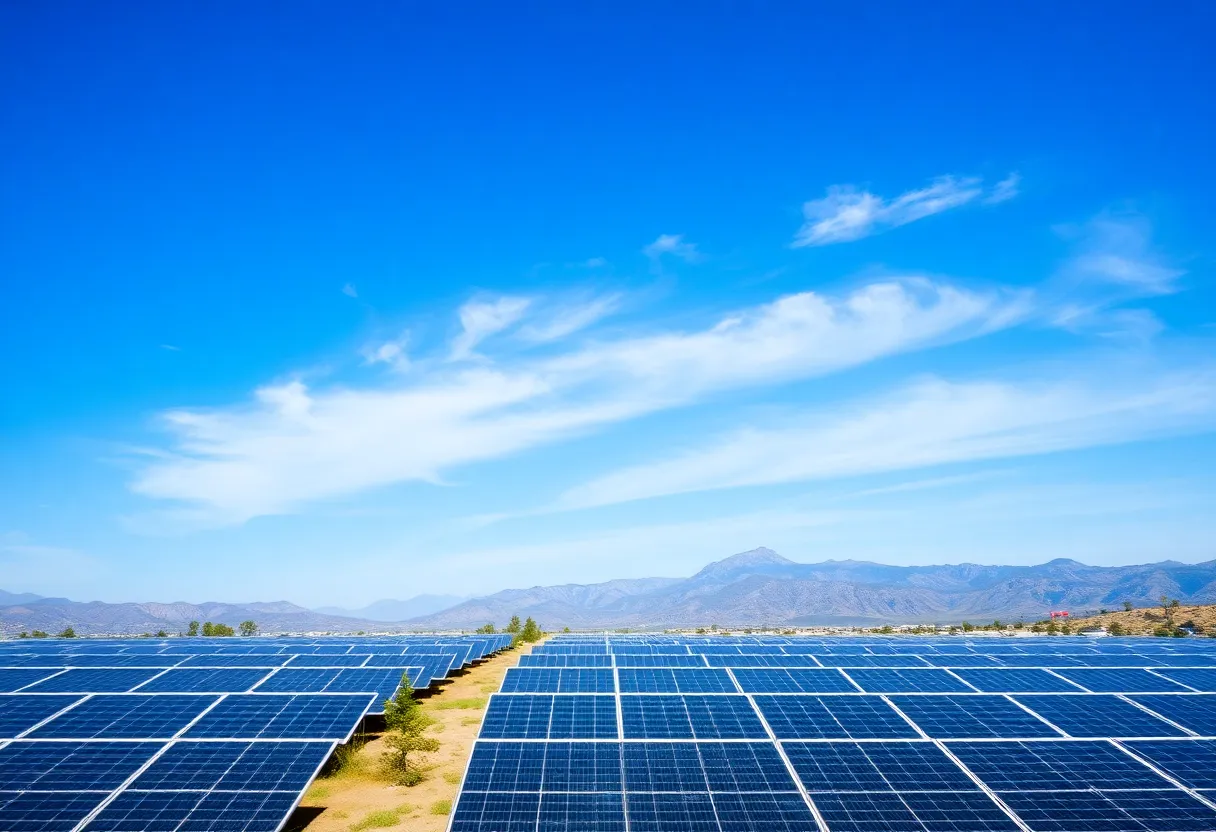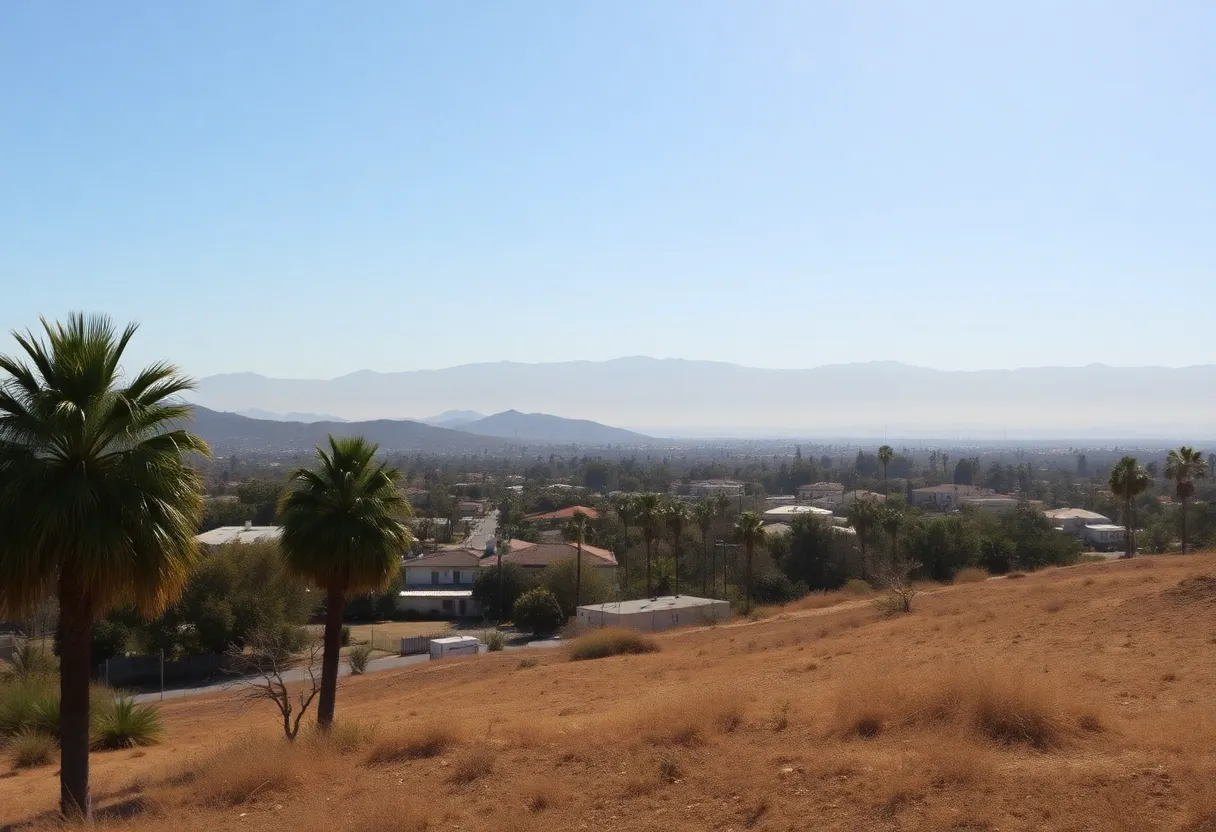News Summary
California is facing significant delays in distributing $250 million from the federal Inflation Reduction Act’s Solar for All program, jeopardizing community solar project initiatives. Advocates criticize the state for its slow action and ineffective incentive structures, especially as other states effectively utilize their allocations. Only 217 megawatts of community solar capacity has been developed in California, compared to over 3,000 MW in leading states. The recent failure of key legislation further complicates the situation, raising concerns about the state’s commitment to clean energy and the impact on low-income communities.
California is facing significant delays in distributing $250 million allocated from the federal Inflation Reduction Act’s Solar for All program, which is designed to support community-scale solar installations. With the Trump administration threatening to terminate programs that allow broad access to solar energy, California’s inability to utilize these funds puts the development of community solar initiatives at risk, leaving advocates concerned about the state’s commitment to clean energy.
The Environmental Protection Agency (EPA) announced the $250 million award to California in April 2024; however, since that time, only minimal disbursements have been made for community solar projects. This delay raises alarm bells among support groups and advocates who are eager to see actionable steps taken toward renewable energy solutions. Among the funding’s failures is the lack of effective incentive structures, which advocates have pointed out as undermining the potential effectiveness of the Solar for All program.
As of now, California has only developed 217 megawatts (MW) of community solar capacity, a stark contrast to national leaders in this space such as Florida, which boasts 3,873 MW, and New York with 2,110 MW. This illustrates a broader issue: while other states have made strides in utilizing their Solar for All funds—Illinois, for instance, has expended $11 million of its $156 million allocation—California has managed to distribute just $100,641.
The California Public Utilities Commission (CPUC) did establish a tariff structure for community solar programs in May 2024, but advocates argue that the incentives provided are inadequate. Legal discussions also commenced in April 2025 when Administrative Law Judge Valerie Kao requested feedback on how to allocate the Solar for All funding effectively, with the deadline set for April 2029. Currently, the CPUC’s website reflects that state agencies are still in a phase of “administrative and planning,” indicating a lack of decisive action.
Attorneys representing stakeholders in the solar sector have pointed out that the CPUC’s drawn-out process may lead to significant waste of the $250 million in federal support. Derek Chernow, from the Coalition for Community Solar Access, has criticized California’s lack of leadership in advancing clean energy initiatives, labeling the state a laggard in community solar development.
The situation worsened in light of a recent failure of a bill, known as AB 1260, which the community solar sector viewed as essential for expediting program implementation. Despite this setback, California Assemblymember Chris Ward intends to reintroduce the bill next year, emphasizing that the state should not rely solely on federal funding to move forward with community solar projects.
California has consistently defended its renewable energy goals against federal initiatives, including ongoing lawsuits regarding lost funding for electric vehicle charging infrastructure. While the state expresses a commitment to advocate for community solar, it has yet to confirm whether it will pursue legal actions against the Trump administration regarding the termination of federal funding support.
The implications of the federal government’s withdrawal of financial assistance could lead to heightened costs for community solar projects and create significant barriers, particularly affecting low-income and disadvantaged communities that were intended to benefit from these programs. As California navigates this critical juncture, the timeline for effectively harnessing the Solar for All funding appears precarious, threatening the viability of community solar initiatives across the state.
Deeper Dive: News & Info About This Topic
- Politico: California Solar Funding from Inflation Reduction Act
- Wikipedia: Solar Power in California
- LA Times: EPA Eliminates Rooftop Solar Grant Program
- Google Search: California Solar Funding
- Consumer Financial Services: California Solar Financing Bill
- Google Scholar: California Solar Incentives
- CNET: California Solar Incentives and Financing
- Encyclopedia Britannica: Solar Energy
- Politico: The California Solar Initiative that Never Was
- Google News: California Solar Electricity 2025

Author: STAFF HERE MISSION VIEJO WRITER
The MISSION VIEJO STAFF WRITER represents the experienced team at HEREMissionViejo.com, your go-to source for actionable local news and information in Mission Viejo, Orange County, and beyond. Specializing in "news you can use," we cover essential topics like product reviews for personal and business needs, local business directories, politics, real estate trends, neighborhood insights, and state news affecting the area—with deep expertise drawn from years of dedicated reporting and strong community input, including local press releases and business updates. We deliver top reporting on high-value events such as Oso Fit 5K Fun Run and Community Health Fair, Walk Against Drugs & Community Fair, and National Night Out. Our coverage extends to key organizations like the Mission Viejo Chamber of Commerce and Providence Mission Hospital Mission Viejo, plus leading businesses in retail and education that power the local economy such as The Shops at Mission Viejo, Capistrano Unified School District, and Amazon Delivery Station. As part of the broader HERE network, including HEREAnaheim.com, HEREBeverlyHills.com, HERECostaMesa.com, HERECoronado.com, HEREHollywood.com, HEREHuntingtonBeach.com, HERELongBeach.com, HERELosAngeles.com, HERESanDiego.com, and HERESantaAna.com, we provide comprehensive, credible insights into California's dynamic landscape.




